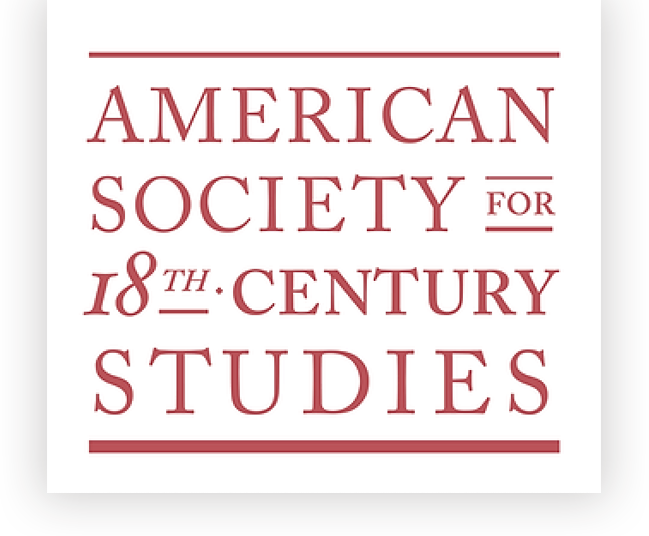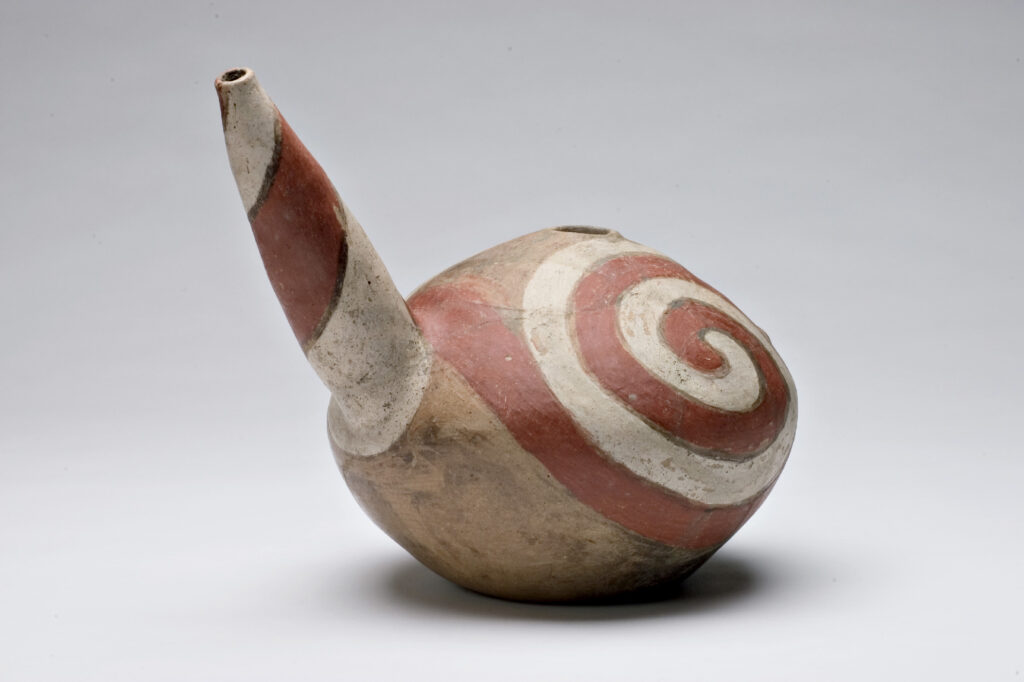Job Opening: Assistant Professor of Art History at SUNY New Paltz
Applications are now being accepted for the position of Assistant Professor of Art History with a focus on global early modern art (1400–1800) at the State University of New York at New Paltz. Priorit…




